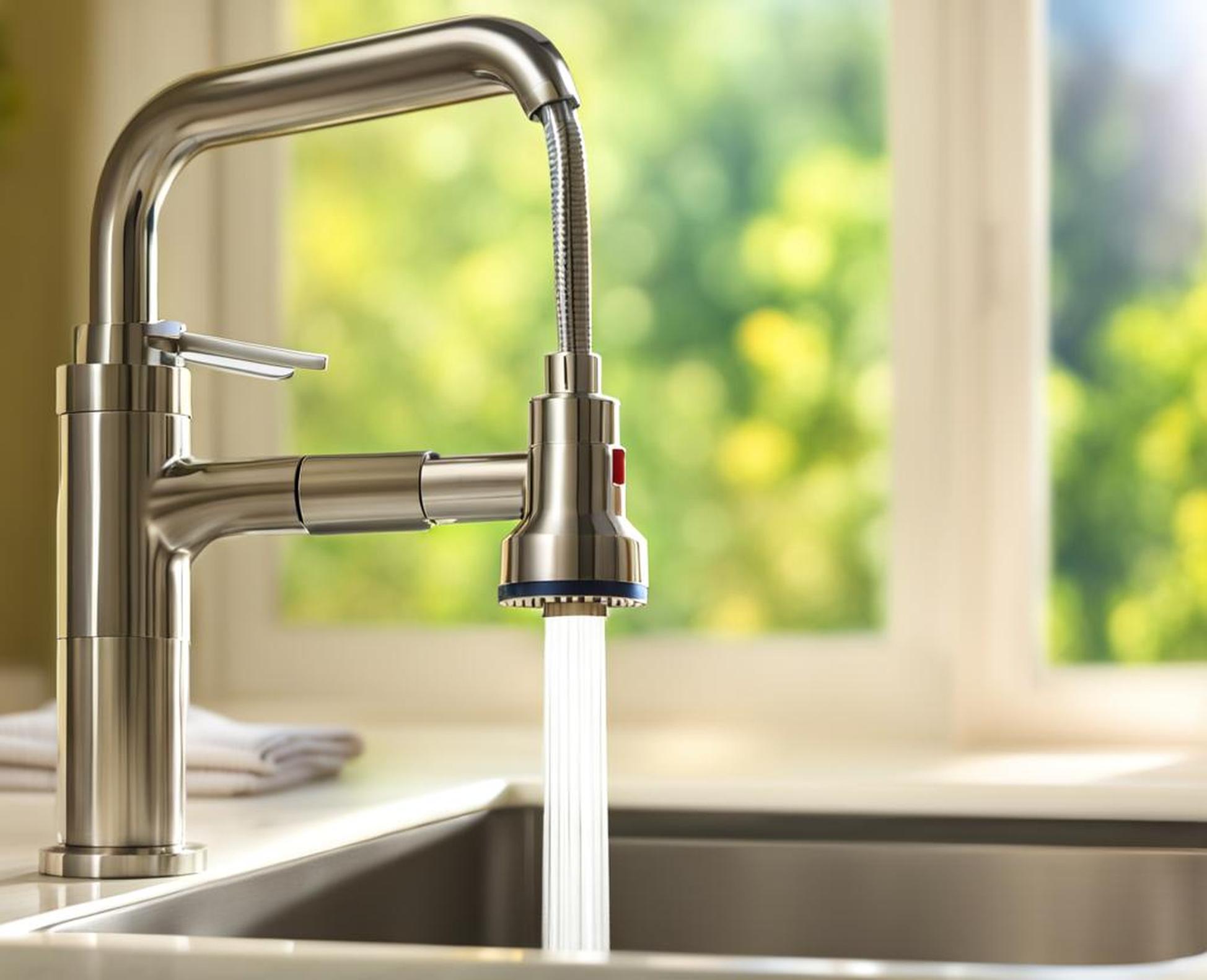Has your kitchen sink’s water pressure decreased to an annoying trickle recently? You try to wash the dishes or fill a pot, but the water barely sputters out. Low water pressure in your kitchen sink can quickly become a huge hassle.
Before you panic and call a plumber, take a deep breath. In many cases, low kitchen sink water pressure has an easy fix. By methodically checking a few common problem areas, you can often get your kitchen faucet flowing strong again without professional help.
Symptoms of Low Kitchen Sink Water Pressure
How can you tell if the water pressure from your kitchen faucet is lower than normal? Here are some clear signs:
- Water flow has decreased to a slow dribble or trickle
- Takes much longer to fill the sink or pots with water
- Unable to get any hot water from the faucet
- Water pressure is only low at the kitchen sink, not other fixtures
If you’re experiencing those issues specifically when using your kitchen faucet, low water pressure is likely the culprit.
What Causes Low Water Pressure in a Kitchen Sink?
There are several common reasons you may suddenly find yourself with a frustratingly slow water flow from your kitchen sink faucet:

Clogged Faucet Aerator
The small screened nozzle at the tip of your faucet is the aerator. It mixes air into the water stream to prevent splashing. Over time, mineral deposits from hard water can build up and clog the aerator’s screen, restricting water flow.
Worn Out Rubber Faucet Cartridge
Inside your faucet is a cartridge containing rubber washers and seals. These internal parts eventually wear out from repeated use, allowing water to leak out and lowering the overall water pressure.
Partially Closed Water Supply Valves
Check the water supply valves located under the sink. If they aren’t fully open, that will cut down on the amount of water getting to your faucet.
Kinked Water Supply Lines
The flexible tubes that run from your household water lines up to the kitchen faucet can get bent or kinked over time. Any crimps or tight bends in those supply tubes will significantly reduce the water flowing through them.
Clogged Faucet Spout
Mineral deposits and other gunk can build up inside the faucet spout itself, impeding the free flow of water. This clog then backs up water and causes low pressure.
DIY Ways to Fix Low Water Pressure at Your Kitchen Sink
Before calling a plumber, try these easy DIY fixes to restore full pressure:
Clean the Faucet Aerator
Unscrew the aerator from the faucet spout. Remove any debris from the screen washers. Soak the aerator in vinegar overnight to dissolve any mineral deposits that may be clogging it. Rinse and reattach the aerator in the morning.
Replace the Faucet Cartridge
Shut off water supply valves under the sink. Take apart the faucet to access the cartridge and replace it with an identical new one. Be sure to reinstall the faucet and supply lines correctly.
Check Supply Valves and Lines
Inspect all water supply shut-off valves to make sure they are fully open. Check the supply lines for any kinks or tight bends and straighten as needed. Tighten any loose connections.
Clear Clogged Spout
Disassemble the faucet spout and use a small brush or water pressure to clear any stuck debris inside. Scrub stubborn mineral deposits with vinegar. Rinse and reassemble faucet.
With a few simple tools and supplies, most homeowners can check and fix these common issues in less than an hour, often without needing to shut off the main water supply.
Call a Professional Plumber if Needed
If you’ve addressed the most likely culprits but your kitchen faucet’s water pressure is still low, it’s a sign of a larger issue that requires a professional plumber. Call one right away if you have:
- Visible leaks under the sink or from pipes
- Burst water lines or pipes
- No hot water at all
- Pressure loss affecting all fixtures, not just the kitchen
A licensed plumber has the expertise to accurately diagnose problems within your home’s plumbing system. They can check for issues on both the household and municipal supply sides and make any necessary repairs.
Prevent Low Water Pressure Problems
You can avoid many low water pressure headaches in your kitchen with proactive maintenance:
- Clean faucet aerators regularly
- Replace old and worn out rubber faucet cartridges periodically
- Have a plumber periodically inspect your home’s water pressure and pipes
Taking those preventative steps makes it less likely you’ll have to deal with annoyingly weak water flow from the kitchen sink faucet.
As you’ve seen, there are several easily fixable reasons your kitchen sink’s water pressure can decrease. Next time your faucet starts sputtering, methodically check for a clogged aerator, worn cartridge, supply line issues or spout blockage before calling a professional.
You can often get your kitchen sink’s water flowing again with a few easy steps. No more frustratingly long waits to fill the coffee pot!
